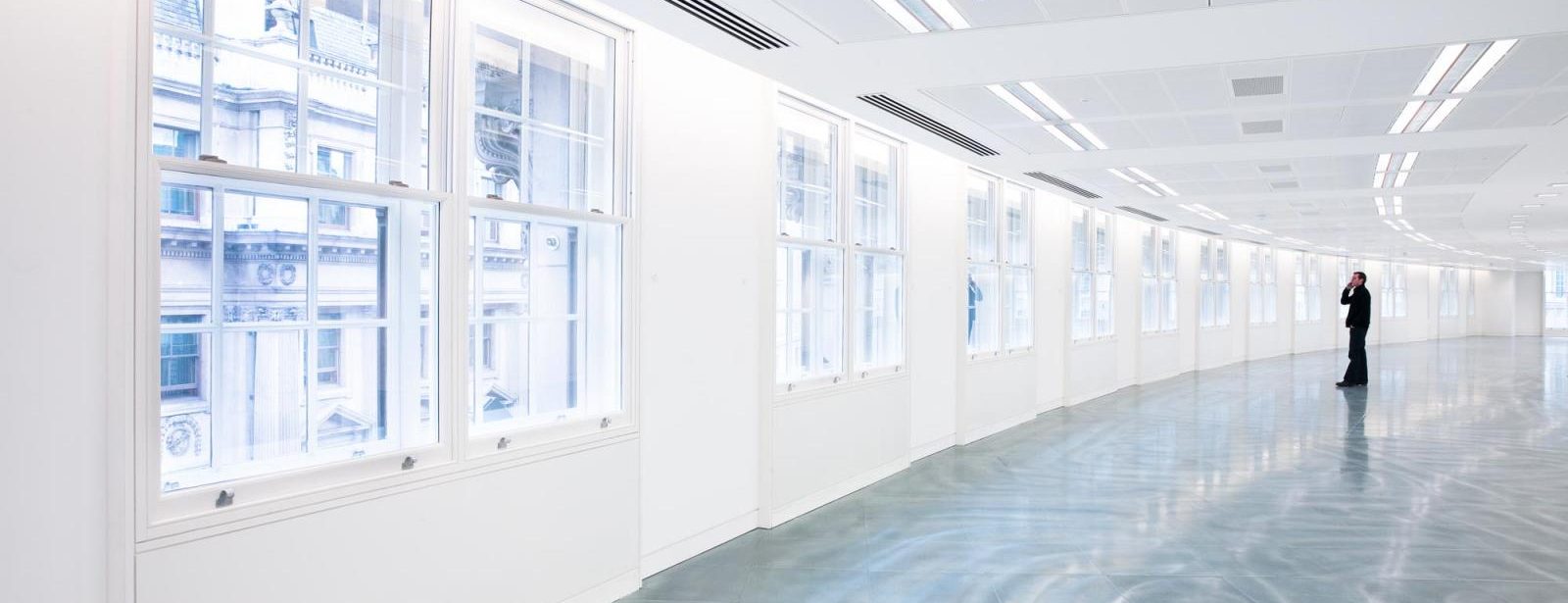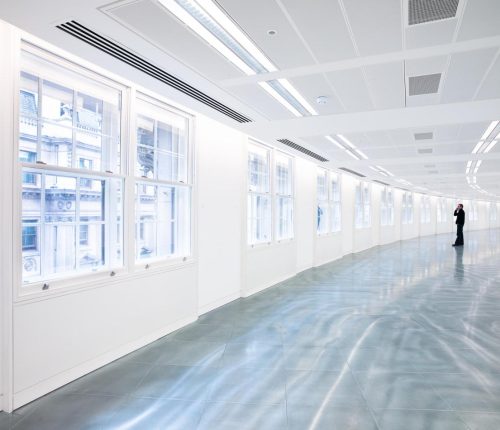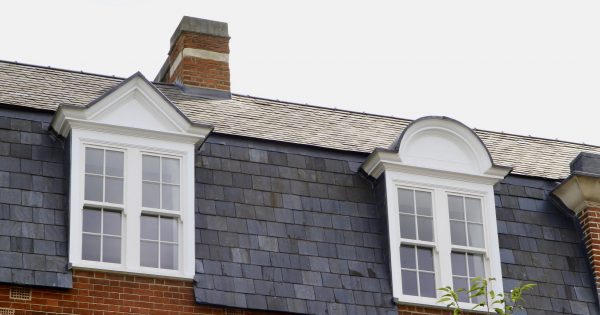Thu May 8
Draughty windows are a common challenge in historic and period properties across the UK. For architects and developers working on large-scale restoration projects, the need to improve energy efficiency often clashes with the imperative to preserve original features.
Fortunately, effective window draught proofing can dramatically reduce heat loss, lower heating bills, and improve occupant comfort – all without the need for disruptive or costly window replacement.
At TRC Contracts, we specialise in heritage window restoration and have helped hundreds of clients achieve modern performance standards while safeguarding architectural integrity.
In this guide, we’ll explore the most effective methods for repairing draughty sash windows, including brush seals, parting beads, and specialist draught-proofing systems, and offer practical advice for your next project.
Why repair, not replace?
Historic timber sash windows are integral to the character of period buildings. Replacing them can undermine both aesthetic value and compliance with conservation area regulations. In our experience at TRC Contracts, up to 80% of draughty sash windows can be restored and draught-proofed, retaining their original charm and craftsmanship.
Key benefits of repair over replacement:
- Preserves historic fabric: Original sashes and frames are maintained, supporting heritage values.
- Cost-effective: Draught-proofing is typically 40–60% less expensive than full window replacement.
- Planning compliance: Avoids the delays and complexities of listed building consent.
- Sustainability: Reduces waste and the embodied carbon associated with manufacturing new windows.
Our Draftfix sash window draught proofing system is designed to be unobtrusive, maintaining the original appearance of the sash while delivering modern performance.
Where do draughts enter?
Understanding the sources of draught is essential for effective sash window draught proofing. Common entry points for cold air and sources of heat loss include:
- Perimeter gaps: Over time, timber sashes shrink or warp, creating gaps around the frame and between the upper and lower sashes.
- Parting beads: The vertical strips separating the sashes often become loose or damaged, allowing draughts to penetrate.
- Staff beads: These internal beads hold the lower sash in place; if they are worn or missing, significant heat loss can occur.
- Counterbalance cavities: The weight pockets behind the frame, if unsealed, can act as channels for cold air.
Left unaddressed, these issues can result in significant heat loss, increased heating bills, and uncomfortable living or working conditions.
Professional window draught proofing methods
Brush seals: Flexible and discreet
Brush seals, or weatherpile strips, are fitted into the meeting rails, parting beads, and staff beads. Their flexible nylon bristles compress to form a tight seal, blocking draughts while allowing the sash to move freely.
We use robust brass carriers and high-quality silicone-pile strips, which outlast standard DIY products. Our brush seals are colour-matched and recessed for minimal visual impact, ensuring the period look is preserved.
Parting bead replacement: A key upgrade
The parting bead is one of the most critical components in sash window draught proofing. Modern replacements, such as QWood or Accoya parting beads, are highly durable and can be supplied with integrated draught seals.
Benefits include:
- Up to 35% reduction in window heat loss.
- Improved sash movement and reduced rattling.
- Long-term resistance to rot and swelling.
At TRC Contracts, we custom-manufacture new parting beads to match historic profiles, ensuring a seamless fit and finish.
The Draftfix specialist draught proofing system
For large-scale projects or buildings with severe draught issues, a comprehensive window draught proofing system is often the best solution. Our Draftfix system combines:
- Weatherpile seals: Central fin seals block air leakage at critical points.
- Rebated carriers: Concealed in new staff beads and parting beads, these carriers hold the seals securely.
- Perimeter brushes: Installed in the sash channels to prevent cold air ingress.
- Silicone glazing gaskets: Seal the glass-to-frame junction, reducing condensation risk.
This system is proven to reduce air leakage by up to 98%, significantly lowering heating bills and improving comfort.
Balancing draught proofing with ventilation
A common concern among conservation professionals is that overzealous draught proofing may compromise ventilation, leading to condensation and mould growth. At TRC Contracts, we address this by:
- Installing discreet trickle vents in the upper sash, where appropriate.
- Ensuring background ventilation is maintained in line with Building Regulations.
- Using moisture-regulating materials in our heritage sash windows.
This balanced approach maintains healthy indoor air quality while minimising heat loss.
Can you draught-proof sash windows without affecting their operation?
Yes. Professional window draught proofing systems, such as TRC’s Draftfix, are designed to maintain smooth sash movement while eliminating up to 98% of draughts. Regular maintenance ensures long-term performance and ease of use.
Why choose TRC Contracts?
- Heritage expertise: Over 30 years’ experience in listed and conservation projects.
- Bespoke solutions: Custom profiles and finishes to match any period style.
- Proven results: Case studies from Grade I and II buildings across the UK.
- Long-term peace of mind: Up to 30-year guarantees on draught-proofing systems.
Next steps: Contact TRC Contracts
If you’re planning a restoration or refurbishment project, don’t let draughty windows undermine your goals. Contact TRC Contracts for a site survey, technical advice, or to request BIM objects and specifications for your project.
By following these proven sash window draught proofing strategies, you can deliver warmer, more efficient buildings-without sacrificing the period features that make them unique.





